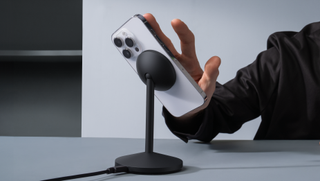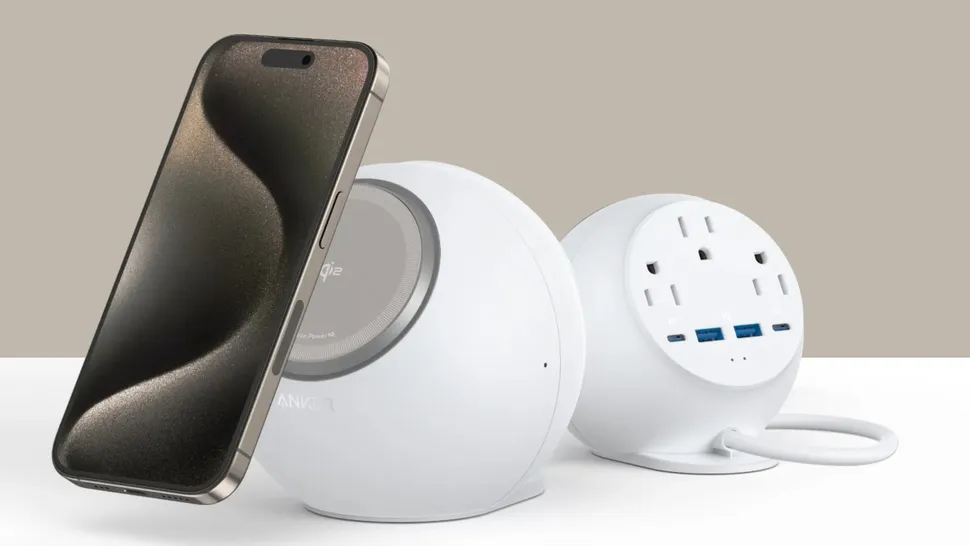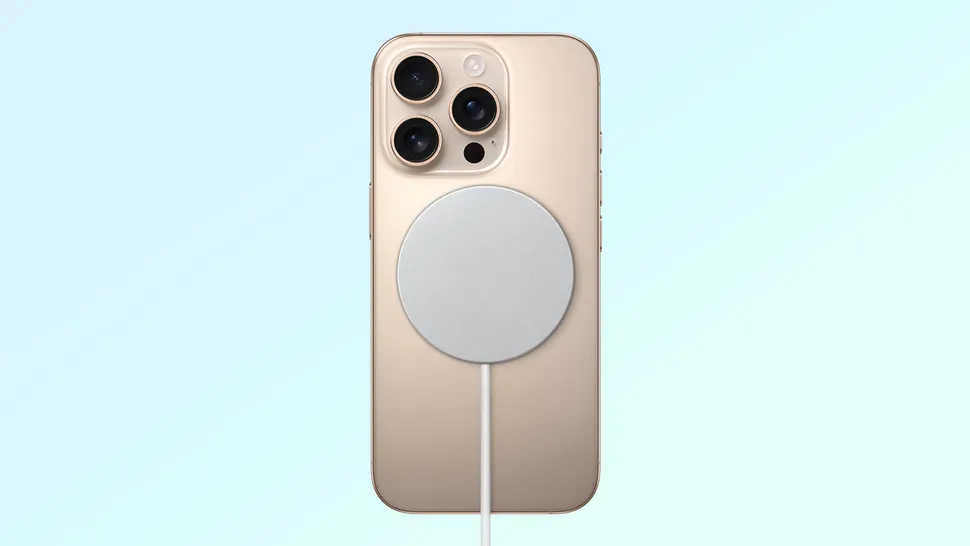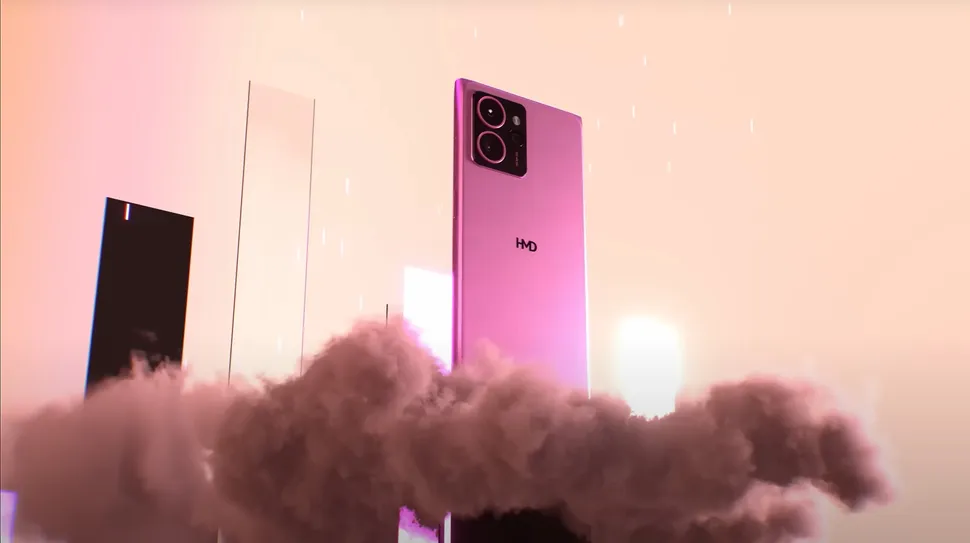Here’s the lowdown in the next generation of wireless charging

(Image credit: Anker)
Qi2 wireless chargingwas first announcedall the way back inCES 2023, promising that something akin to Apple’s MagSafe would come to Android phones in the near future. So far there hasn’t been much progress in making that promise a reality. But rumor has it that 2025 could be the year that Qi2’s magnetic wireless charging could finally go mainstream.
It’s claimed that Samsung could be including Qi2 on theGalaxy S25series, which may make it the first major Android phone to feature the new technology. Considering Samsung probably won’t be the last phone maker to adopt Qi2, it’s somethingI am very excited about seeing. There’s improvements to wireless charging speed and efficiency, opportunities to exploit the magnets in other ways, and more.
Here’s everything you need to know about Qi2 wireless charging — and why I’m so excited to finally see it arrive.
What is Qi2?
Qi2 wireless charging is the second generation of the Qi wireless charging standard. Like Qi1, which is more or less ubiquitous now, Qi2 was developed as an open standard by the Wireless Power Consortium.
The idea behind Qi2 is to improve upon what wireless charging already offers in a bunch of different ways. This includes adding magnets, with the help ofMagSafedevelopers Apple, while also offering big upgrades to the charging itself. Upgrades like faster speeds, better power efficiency and improved safety. All so that the wireless charging experience is better for everyone involved.
While Qi2 was first revealed by the WPC atCES2023, the standard wasn’t finalized until January 2024. This meant phone makers, barring Apple who had MagSafe, couldn’t implement the technology for at least a year after its initial reveal.
What are the benefits of Qi2?

(Image credit: Anker)
The major benefit to Qi2 is the ring of magnets in the back, positioned around the wireless charging coil. These are designed to connect to other magnets in Qi2 wireless chargers, ensuring that the coils in your device and the charger are perfectly positioned every single time. Anyone that’s ever had to shift their devices around to start wireless charging will know how frustrating that process can be.
That instant positioning also ensures that your phone is able to wirelessly charge more efficiently. Because the coils are in perfect alignment, it means that more power goes into your battery and less power is wasted as a result. Not only does this prevent the lost power turning into heat, which is pretty bad for your phone and battery in high-enough doses, it has the added benefit of speeding up your charging session.
Speaking of which, Qi2 offers noticeably faster charging speeds.Normally Qi1 has a maximum charging speed of 7.5W, which isn’t all that great. Qi2 ups that number to 15W, allowing all Qi2-certified phones to charge at double the speed than before using any Qi2-certified charger.
This speed pales in comparison to some wireless charging speeds, some of which can hit speeds of 80W. However, those speeds are only accomplished by proprietary wireless charging technology, meaning they rely on specialized chargers made by the phone’s manufacturer. Qi2 can’t replace that, but it will ensure faster speeds for all those times where you can’t use the official charger.
Qi2 also offers adaptive charging speeds, which is new for wireless charging, rather than fixed power output. This allows your phone and charger to communicate, ensuring that no unnecessary power is sent through. Not only does this boost efficiency, it’s another feature that helps prevent excess heat build-up. Again, that’s bad for the long-term health of your phone — and potentially a safety hazard.
Finally, the magnets in the back of the phone opens up the opportunity for non-iPhones to use magnetic accessories. Many iPhone-compatible options are on sale and we’ve seen the likes of magnetic phone stands, grips and tripods already. I’ve also seen magnetic wallets, and wireless charging batteries that snap to the back of your phone. Since MagSafe and Qi2 are compatible, it means all those iPhone accessories will work with Qi2 phones.
How is Qi2 different from MagSafe?

(Image credit: Apple)
Apple’s involvement in the development of Qi2 means that it bears a striking similarity to Apple’s MagSafe. The two are close enough that a casual observer could consider Qi2 as the “MagSafe for Android phones”. But it’s important to remember that they are not identical.
MagSafe is a proprietary standard owned and operated by Apple, and means Apple can do whatever it likes with it. MagSafe phones are Qi2 compatible, but the opposite isn’t necessarily true.Apple increased MagSafe charging speedsforiPhone 16, allowing up to 25W speeds — so long as you buy the new, faster, MagSafe charger. Slap those same phones onto a Qi2 charger, and the most you’ll get is 15W.
MagSafe also features an NFC chip that can communicate with MagSafe chargers. This allows the phone to remember chargers, and any setting you may have set up. For example, if you have specific Standby mode widgets and settings on one charger, but want things set up differently for another, MagSafe can remember this and act accordingly. Qi2 can not.
MagSafe and Qi2 also have different requirements and certification processes. Typically, Apple is a lot more restrictive about what third-party developers are allowed to do if they want to be certified and able to use Apple trademarks — and that’s before you bring up the associated costs. So expect officially-licensed MagSafe accessories to be more expensive than Qi2.
So while MagSafe iPhones are compatible with Qi2, the opposite isn’t true for Qi2 Android phones. Unfortunately, the lack of Qi2 phones on the market means we don’t really know what happens if you try and charge a Qi2 phone with MagSafe. Android phones can wirelessly charge with a MagSafe charger at Qi1 speeds, so there shouldn’t be an issue of compatibility. We just don’t know if Qi2 phones will get a Qi2 experience or if the charger will default to Qi1.
Which phones actually support Qi2 right now?

(Image credit: HMD)
There aren’t many phones that support Qi2 right now, and the overwhelming majority of them are MagSafe iPhones. Qi2 chargers will still wirelessly charge phones that support Qi1, but your experience will be identical to using an ordinary Qi1 charger — unless you’ve invested in amagnetic phone case that ensures perfect alignment.
Here are all the phone that can charge with Qi2 wireless charging.
- iPhone 12series (including mini, Pro and Pro Max)
- iPhone 13series (including mini, Pro and Pro Max)
- iPhone 14series (including Plus, Pro and Pro Max
- iPhone 15series (including Plus, Pro and Pro Max)
- iPhone 16series (including Plus, Pro and Pro Max)
- HMD Skyline
That’s right, currently the only Android phone that supports Qi2 is the HMD Skyline, a mid-range $499 phone that’s been built for DIY repairs. While not a bad phone, it’s certainly not the kind of place you’d expect to see brand new technology debut.
Rumor has it that theSamsung Galaxy S25could feature Qi2, so hopefully this list gets to expand a little bit over the next 12 months. But until that happens, this is what you’ve got.